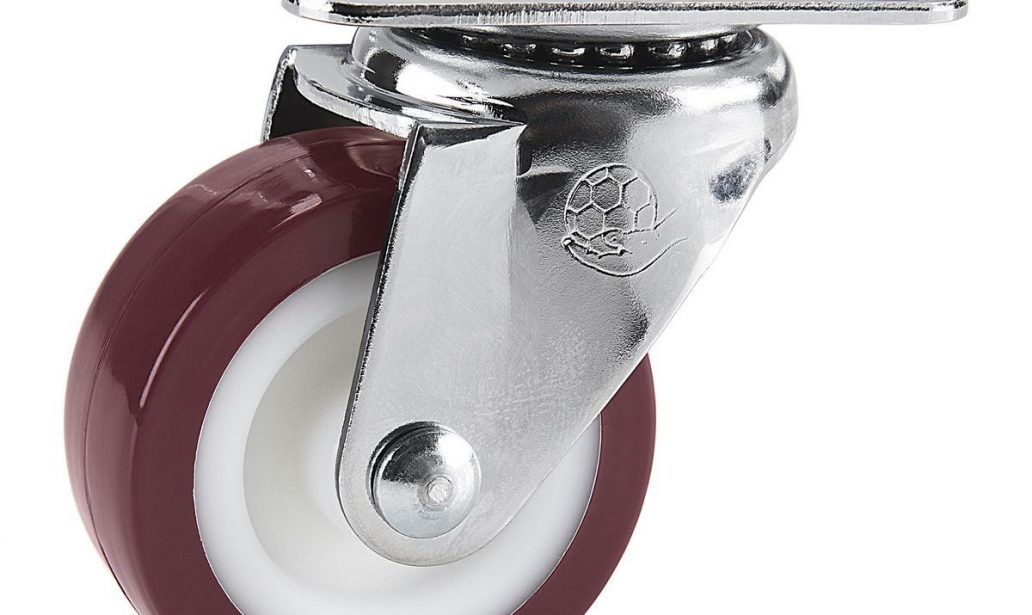You might be wondering how a rigid caster works. This article will explain the basics of the Rig, Hollow kingpin, Omnidirectional wheel, and Swivel caster. After you’ve learned how each works, you’ll be well-equipped to make the right decisions about your casters. So read on to learn more about these essential wheels and their benefits. Here’s what makes them different from other types of casters.
Rig
In terms of design, rigid casters is a wheels mounted on a stationary fork. The orientation of the division determines the caster’s direction when it is mounted on a vehicle. These wheels move materials straight and are more stable than their swivel counterparts. However, because they can’t steer, they must be lined up with the vehicle to move smoothly.
Hollow kingpin
The stemless design of the hollow kingpin in rigid casters enables a fastener to be inserted through the hole in the mounting surface. Rigid casters, also known as fixed casters, have a limited range of motion, allowing them to roll only forward and backward. Despite this limited range of motion, rigid casters are typically more robust than traditional casters.
Omnidirectional wheel
An omnidirectional wheel on a rigid caster is a versatile caster with a fixed axis that allows the wheel to rotate in both primary and secondary directions. Because it responds directly to force, this caster can be used in tight spaces or the absence of visibility. Omnidirectional wheels have many applications, from conveyor transfers to downward-facing floor wheels.
Swivel casters
Traditional swivel casters feature a single ball-hardened raceway with a kingpin, a rivet, or a bolt that holds the swivel raceway together. Unfortunately, this mechanism is prone to high levels of stress and shock, making them a common failure point. In addition to being less maneuverable, they can be challenging to maintain in high-heat environments.
Directional lock
A directional lock on a rigid caster is a device fitted to swivel casters with top plate plates. This lock helps in improving steering capabilities. Directional locks are typically installed on full plate castors of 160mm or 200mm diameter. These casters are usually paired with standard swivel casters. These devices are commonly established on hospital casters.
Durability
Rigid casters provide stability and ease of cleaning and it is especially suited for industrial applications, such as machinery, factory, and hospital equipment. Rigid casters feature self-lubricating bushings and solid rubber wheels. They are constructed of heavy gauge steel deep formed, and one-piece pressed, with a bolt-and-nut axle construction.
Cost
While plate casters are available in various price ranges, the quality of the support they provide is of utmost importance. Rigid casters should surpass the industry’s standards to achieve maximum satisfaction. Quality support can be obtained from a reliable company, which ensures that the products they produce remain in good condition for years to come. The cost of a new plate caster rigid is usually high. However, it is not necessary to spend a fortune on a deluxe option when you can get a lower price for a new one.

